
Lycaenidae is the second-largest family of butterflies, with over 6,000 species worldwide, whose members are also called gossamer-winged butterflies. They constitute about 30% of the known butterfly species.

The Phaegopterina are a subtribe of tiger moths in the tribe Arctiini, which is part of the family Erebidae. The subtribe was described by William Forsell Kirby in 1892. 469 species of Phaegopterina are present and 52 that are recently discovered in Brazil.

Bertholdia is a genus of moths in the family Erebidae.
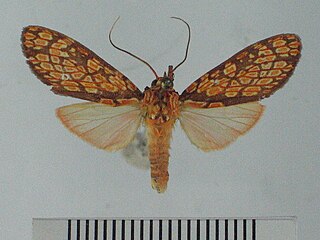
Cresera is a genus of moths in the family Erebidae. The genus was described by Schaus in 1894.
Euceriodes is a genus of moths in the family Erebidae first described by Travassos in 1961.

Lepidozikania is a genus of moths in the family Erebidae. The genus was described by Travassos in 1949.
Metamya is a genus of moths in the subfamily Arctiinae. The genus was described by Travassos in 1946.
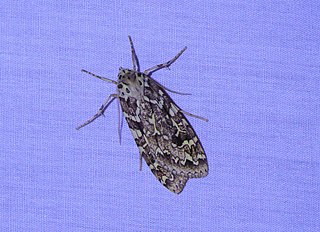
Phaegoptera is a genus of moths in the family Erebidae. The genus was proposed by Gottlieb August Wilhelm Herrich-Schäffer in 1853.

Rhipha is a genus of moths in the family Erebidae. The genus was erected by Francis Walker in 1854.
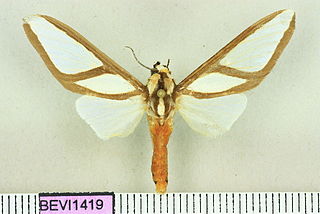
Robinsonia is a genus of moths in the family Erebidae. The genus was erected by Augustus Radcliffe Grote in 1866.

Viviennea is a genus of moths in the family Erebidae. The genus was described by Watson in 1975.

Oligacanthorhynchida is an order containing a single parasitic worm family, Oligacanthorhynchidae, that attach themselves to the intestinal wall of terrestrial vertebrates.
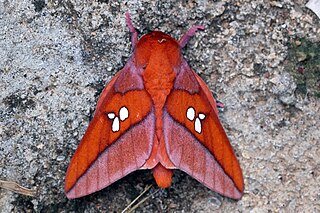
Ceratocampinae is a subfamily of moths in the family Saturniidae. Species can be found in the New World.
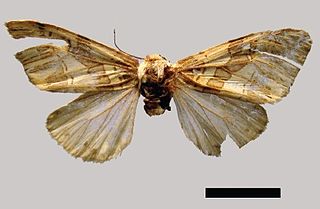
Isia is a genus of moths in the subfamily Arctiinae erected by Francis Walker in 1856.

Adelowalkeria is a genus of moths in the family Saturniidae first described by Travassos in 1941.
Almeidaia is a genus of moths in the family Saturniidae first described by Travassos in 1937.
Lepidokirbyia venigera is a moth of the family Erebidae first described by Hervé de Toulgoët in 1982. It is found in French Guiana, Brazil and Mexico.
Lepidokirbyia vittipes is a moth of the family Erebidae first described by Francis Walker in 1855. It is found in Panama, Brazil, Suriname, Paraguay, Ecuador, Peru and Colombia.

Echinostomatidae is a family of trematodes in the order Plagiorchiida, first described in 1899.
Traklosia is a genus of nematodes. The genus was originally circumscribed in 1961 under the name Robertia; L. Travassos and G. R. Kloss created this genus for their newly-described species R. leiperi. The nomen novum, Traklosia, was created for this genus in 2015 — Robertia was an invalid name due to a senior homonym. It consists of three species found in Brazil and Cuba, and they are parasites of millipedes.












